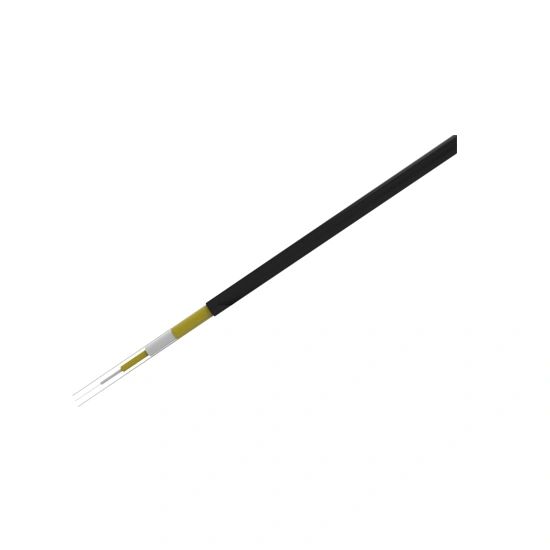Improving Efficiency and Performance in Outdoor Cable Wiring

Outdoor cables are the backbone of modern communication networks, enabling seamless connectivity across vast distances. Proper wiring planning and engineering implementation are crucial to ensure the reliable transmission of data. In this comprehensive guide, we will explore the essential steps involved in outdoor cable wiring, from planning to implementation.
1. Planning
The first step in outdoor cable wiring involves meticulous planning. This phase sets the foundation for a successful installation process. Here are the key aspects to consider during this stage:
a) Site Survey: Conduct a detailed site survey to analyze the terrain, identify any potential obstacles, and determine optimal cable routes. This information will help in choosing the appropriate cables and equipment.
b) Cable Selection: Select cables specifically designed for outdoor environments. Factors such as weather resistance, durability, and transmission capacity should be considered while making cable choices.
c) Cable Pathway: Determine the pathway and layout for the outdoor cables. This includes deciding on overhead or underground installation, evaluating clearance requirements for overhead cables, and considering the environmental impact.
2. Engineering Design
Following the planning phase, the engineering design stage focuses on creating a detailed plan for the cable installation. Here are the key elements of this phase:
a) Cable Routing: Determine the exact pathway for cables based on the site survey. Consider factors such as distance, access requirements, and potential interference to optimize cable performance.
b) Cable Marking: Mark the cables at regular intervals to help identify and troubleshoot potential issues in the future. Proper marking and labeling are essential for effective cable management.
c) Splicing and Connectors: Plan the splicing and connectorization points along the cable route. Ensure that these points are easily accessible for future maintenance or upgrades.
3. Implementation
The implementation phase involves executing the planned design. Careful attention to detail ensures a smooth installation process. Here are the key steps involved:
a) Cable Preparation: Preparing the cables involves stripping off the necessary insulation, connecting connectors, and properly grounding the cables as per industry standards.
b) Cable Installation: Lay the cables along the planned pathway, following the necessary safety guidelines. Secure the cables in place using appropriate clamps or cable ties.
c) Testing and Documentation: After installation, conduct comprehensive testing to ensure proper cable functionality. Document all the installation details, including cable specifications, route maps, and test results for future reference.
Conclusion
The wiring planning and engineering implementation steps for outdoor cables are vital for establishing a robust and reliable communication network. By effectively planning cable routes, selecting suitable cables, and executing the installation process with precision, organizations can ensure efficient data transmission and minimize downtime. Follow these guidelines to optimize outdoor cable wiring, enabling seamless connectivity in any environment.



